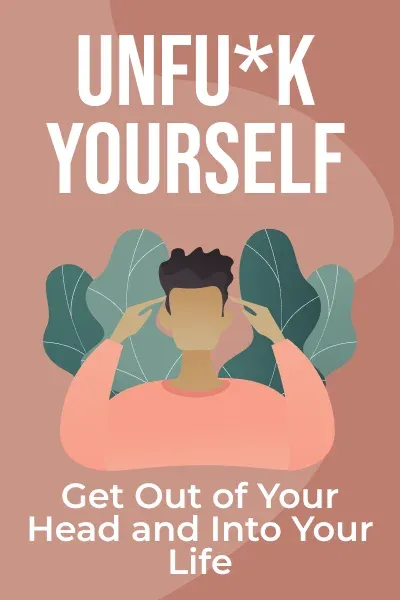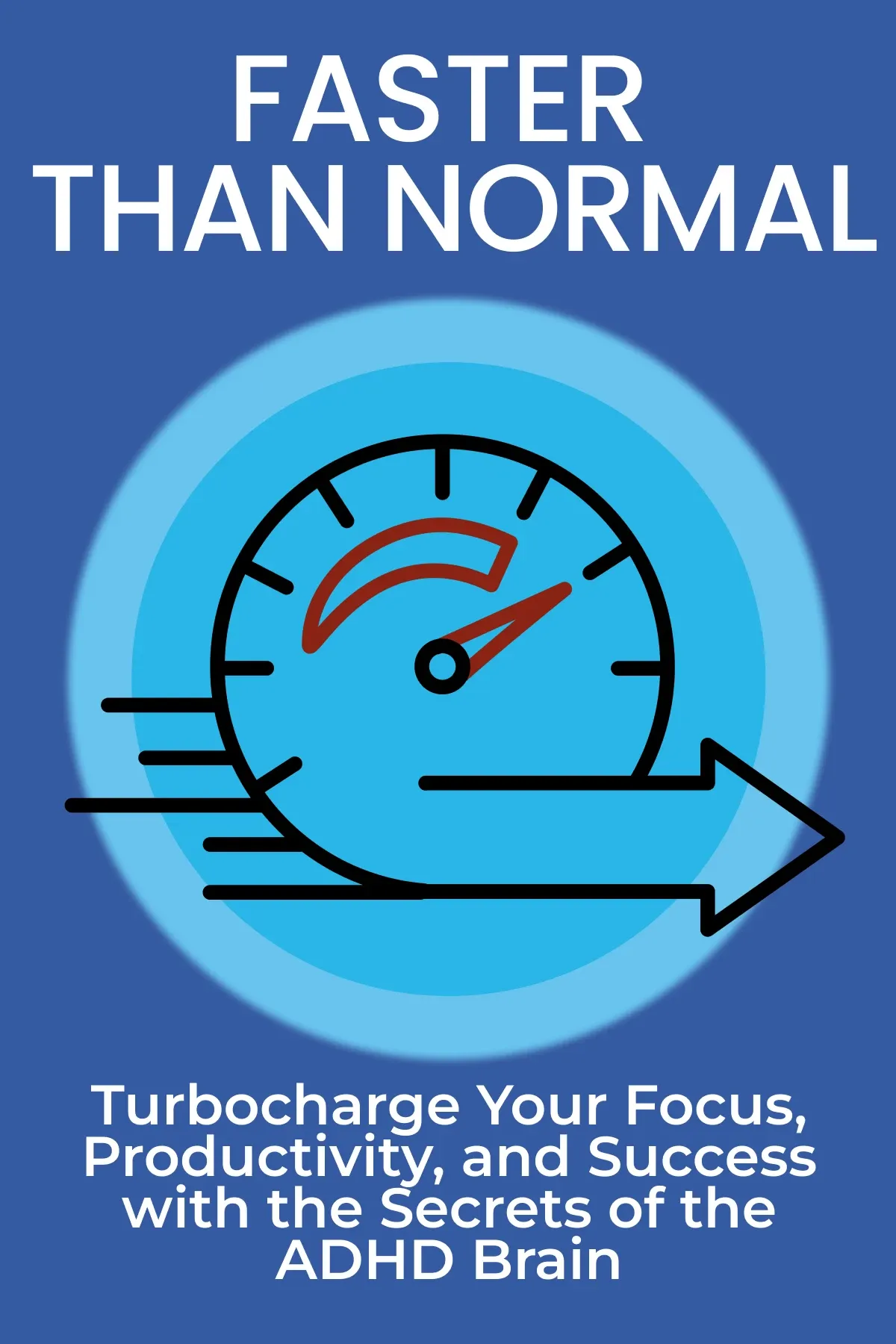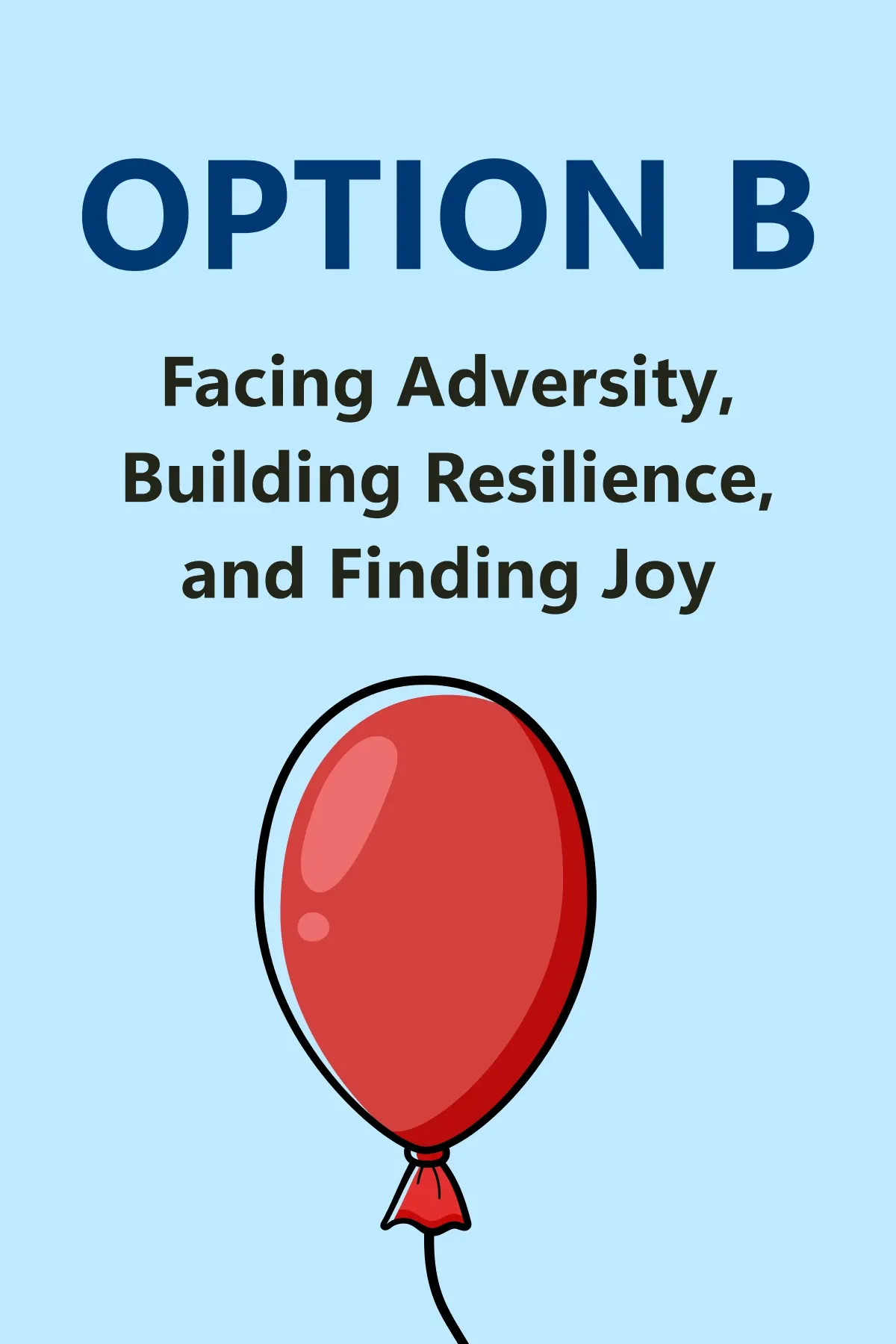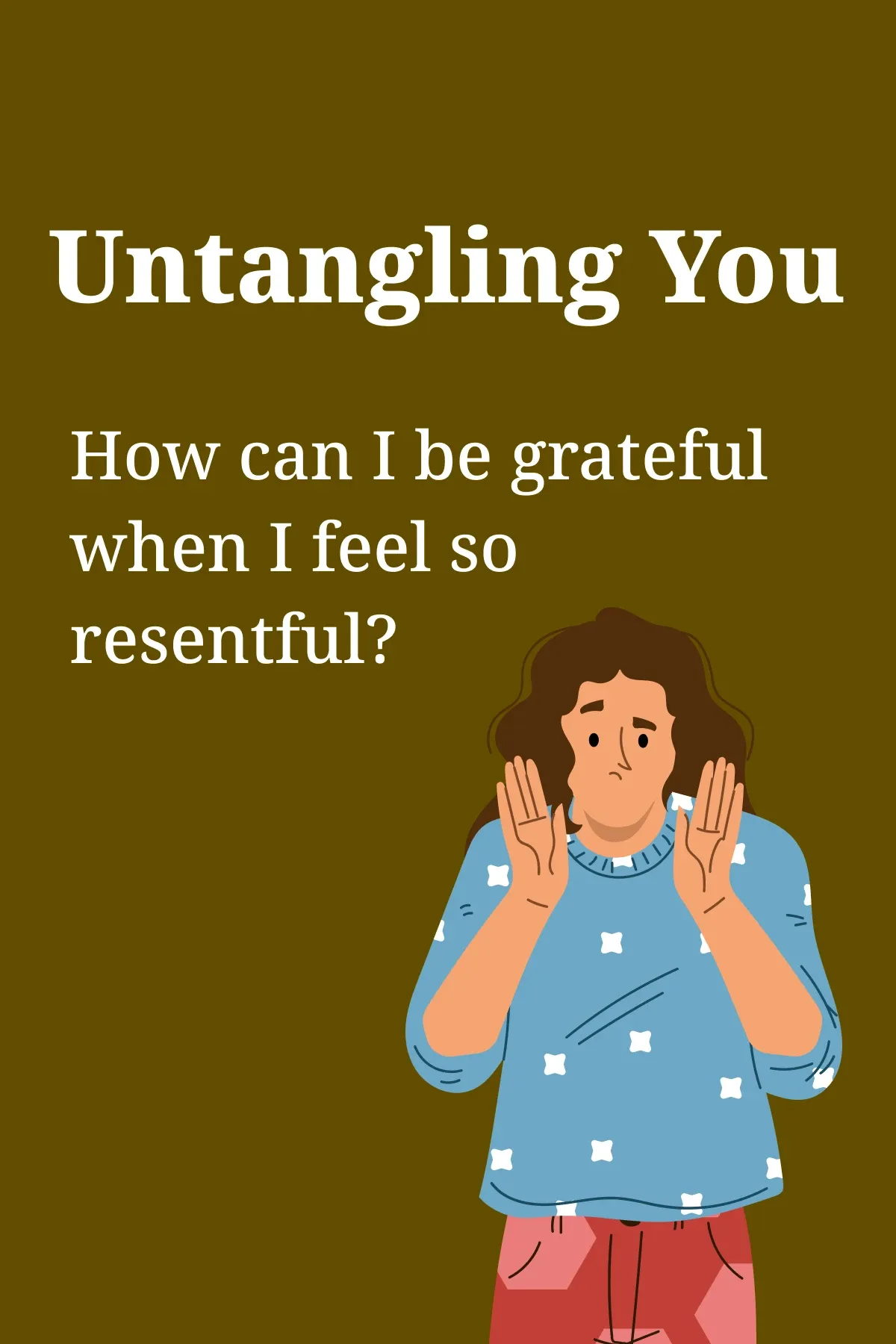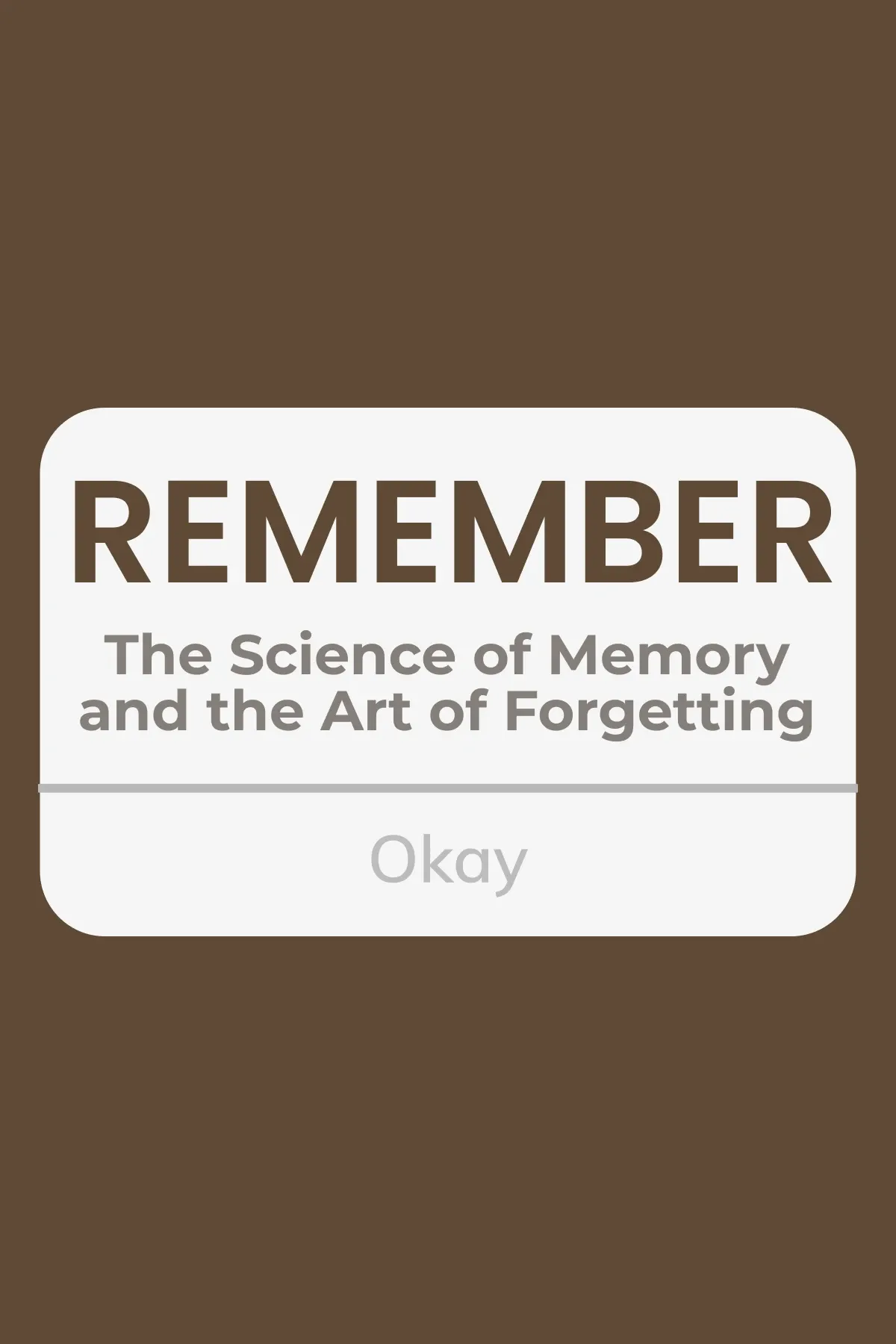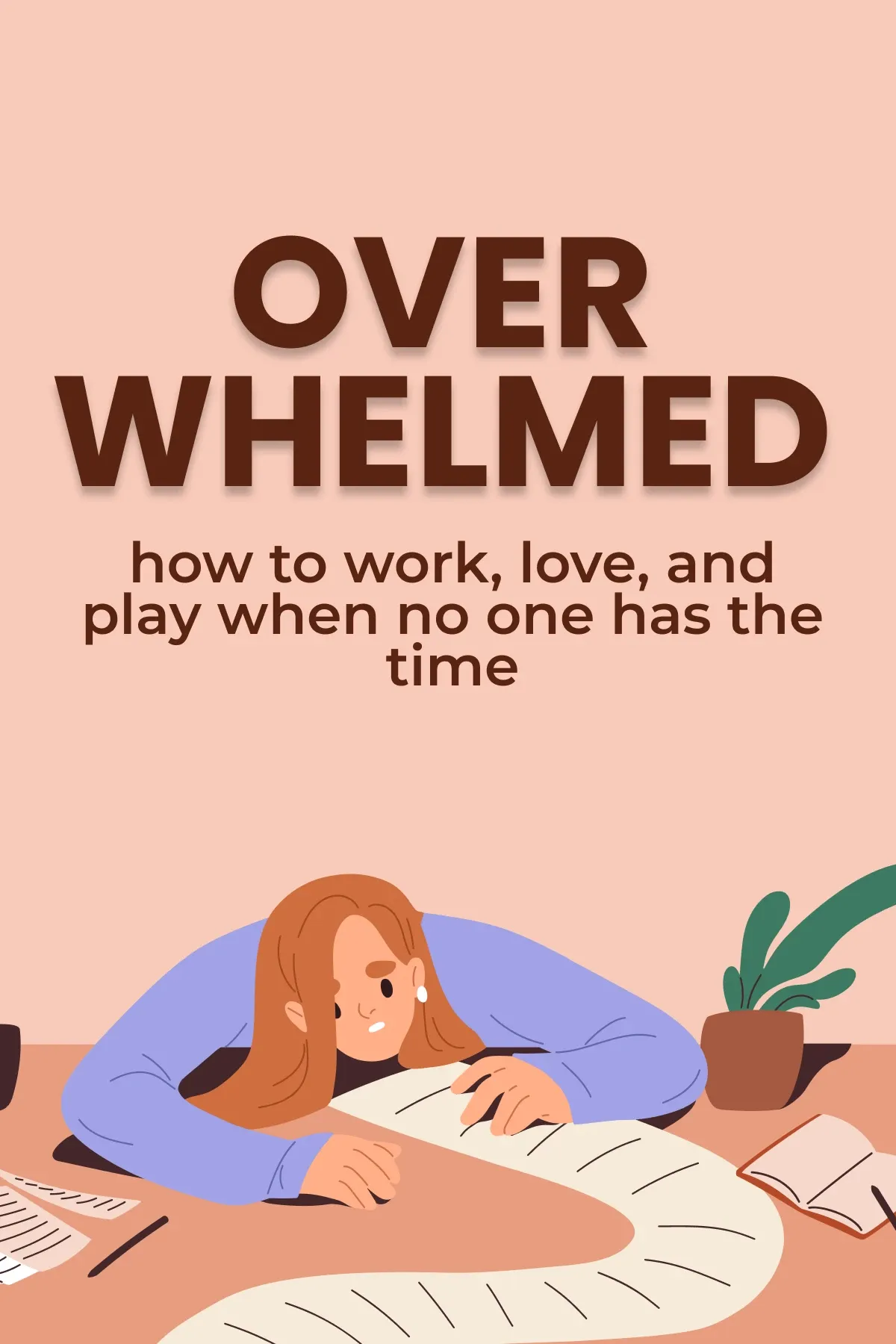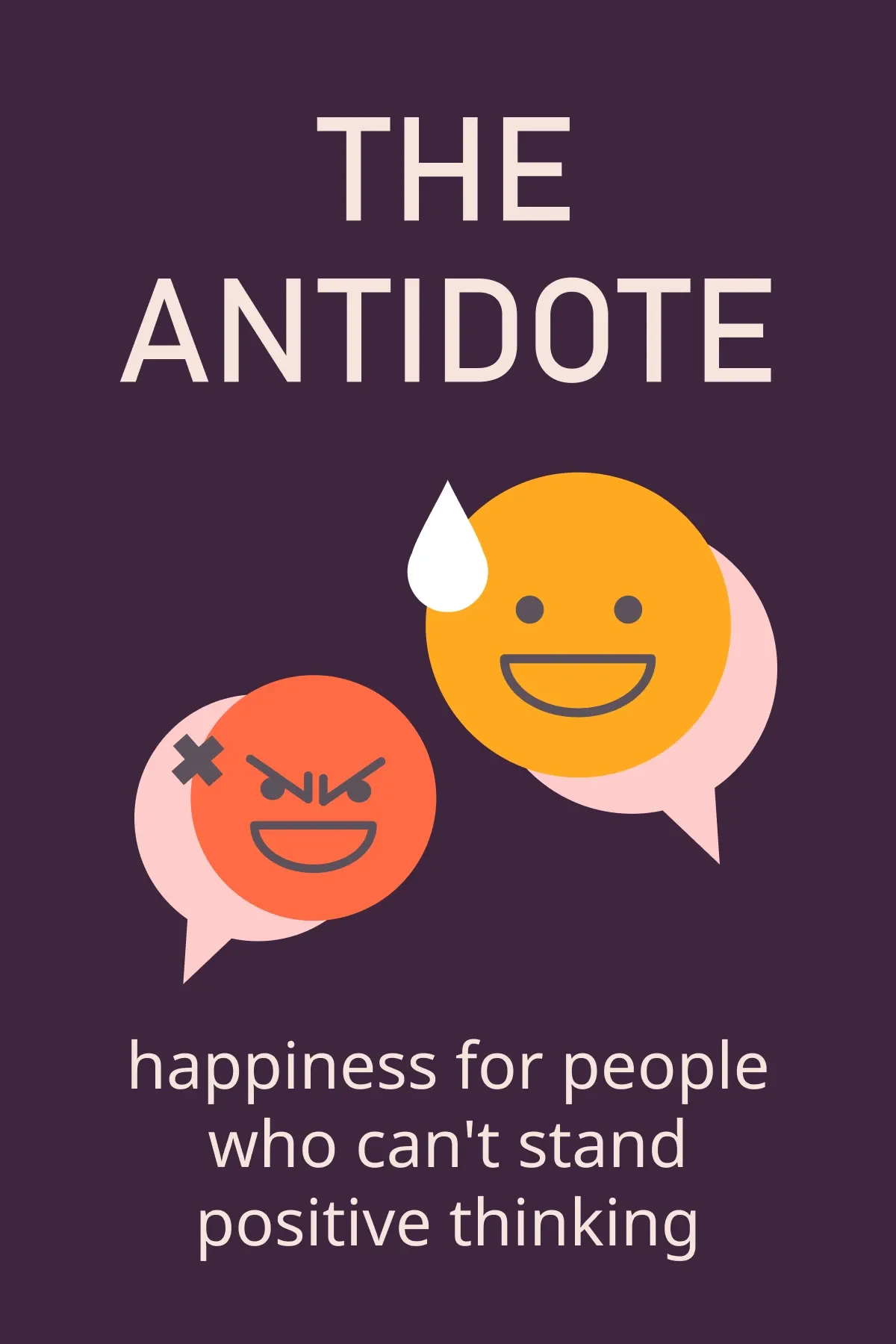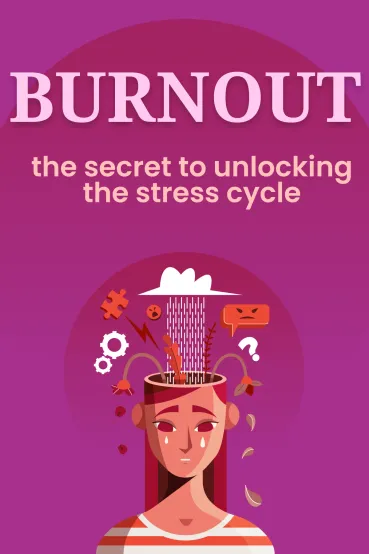
Burnout
Brief Summary
“Burnout” gives practical tips for maintaining your mental and emotional health. The book encourages readers to practice self-care and self-confidence. It provides tools to overcome burnout and achieve a more fulfilling life.
Topics
Key points
Key idea 1 of 8
It is a common experience for many individuals, particularly women, to feel totally drained and yet unsatisfied with their accomplishments. It can lead to a gradual transition from feeling slightly fatigued to experiencing stress, anxiety, and emotional exhaustion.
Psychologist Herbert Freudenberger defined chronic stress as the first aspect of burnout, which occurs when a person cares a lot about others. The second aspect is depersonalization, which decreases one’s ability to feel compassion, empathy, and care for others. The third aspect is a reduced sense of achievement, where one may feel like one’s efforts are pointless and ineffective.
Unsurprisingly, individuals providing assistance to others, such as teachers and healthcare workers, report high levels of burnout. Research suggests that approximately 20-30% of teachers and over 52% of healthcare professionals acknowledge burnout, whereas. Moreover, there is a growing prevalence of parental burnout.
Our stress response system evolved to help us navigate various dangers. The stress cycle begins with the release of epinephrine. The hormone diverts blood flow to our muscles, resulting in higher blood pressure, heart rate, and rapid breathing. Moreover, our muscles become tenser. Other functions such as growth, digestion, reproduction, and immunity are temporarily suppressed to aid us in escaping from danger.
However, prolonged stress can result in negative consequences. Your body's healing process will be slower than usual due to weakened immune and digestive systems. You will become more susceptible to various digestion-related ailments. Additionally, your body may experience chronic hypertension, increasing the likelihood of developing heart disease. So, completing the stress cycle as soon as possible is crucial.
Art is one way to do it. For instance, consider Jane, a nurse who has been feeling overwhelmed by her job. One day, Jane decides to attend a community theater audition, where she gets so engrossed in her character that she forgets her sorrows. By assuming a new persona and expressing herself through acting, Jane can alleviate her stress. Physical activities are also an excellent way to complete a stress cycle. After dedicating 20 to 60 minutes to exercises, you likely notice a change in your mood. Your muscles will relax.
Positive social interactions can also help end stress cycles. They provide emotional support and promote a sense of security. Something as simple as a hug or a kiss can foster feelings of closeness and connection. Laughter triggers the release of endorphins, thus making you feel happier and more at ease. Sharing your feelings with someone you trust can also reduce stress levels.
FAQ
You may also like these summaries


